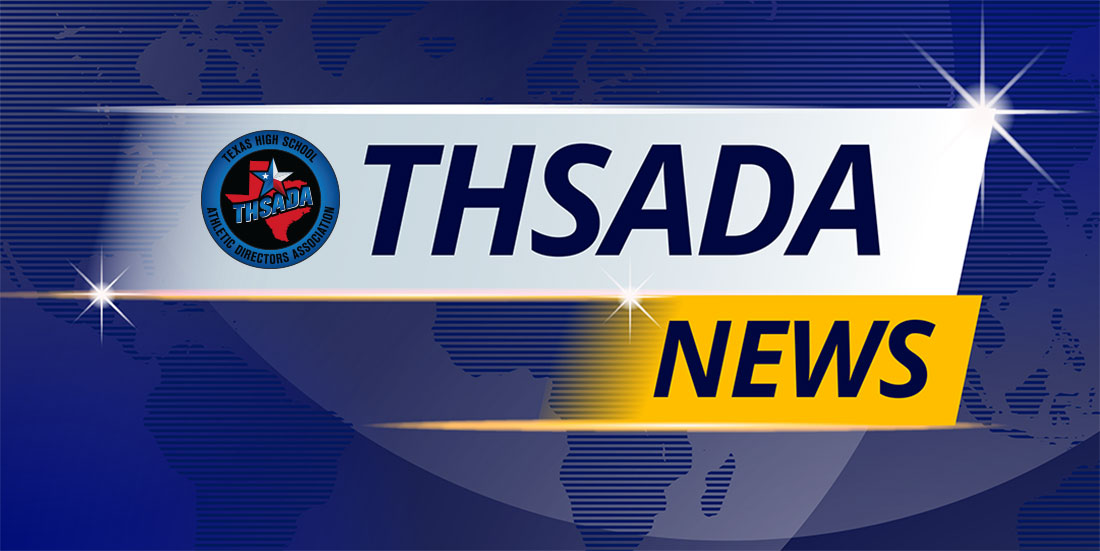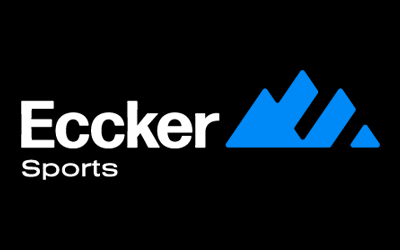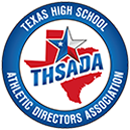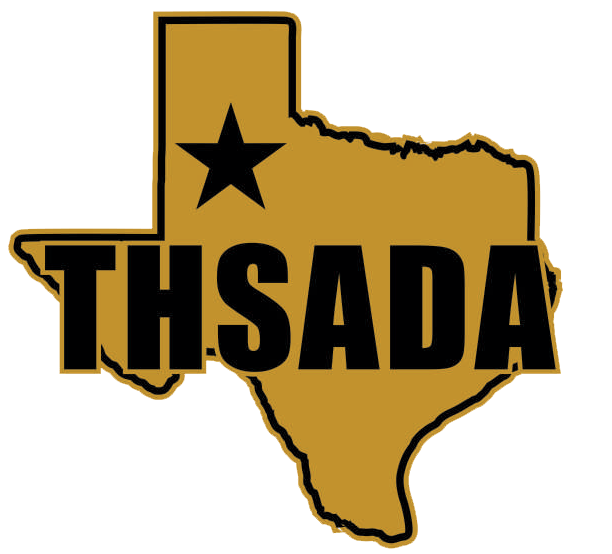
1. College vs High School reality
a. At the college level, NIL is the result of a Supreme Court ruling that classified collegiate athletes as a “labor force” by the fact that their efforts of playing college sports results in billions of dollars pouring into the NCAA and its institutions. The Supreme Court ruled that the NCAA was in violation of an anti-trust law (the Sherman Act) since the NCAA was restricting the educational benefits that this “Labor Force” could earn. As a result, the NCAA had to remove any restrictions on earning for fear of further lawsuits. The result of this is what we have now in college athletics.
b. At the high school level the anti-trust issue does not apply. High School athletes will never be considered a labor force who are creating so much money for their high school associations that they would ever be considered a class. Rather at the High School level the issue around NIL revolves around the definition of Amateurism, the goal of competitive equity and the importance of community based educational athletics.
2. NIL vs. Pay for Play
a. Name, Image and Likeness is really about individuals making money from endorsements of other products and services. Think of things like doing a commercial, promoting a product or service on social media and being paid for that, or showing up at someone’s request and being compensated for doing that by the host. In those ways an individual is finding ways to get paid for their Name, Image or likeness from others who want to use that as a way to promote their products and services. A great example of an actual NIL deal would be Bryce Young (Alabama QB) who was also cast in the Dr Pepper College football commercials while he was playing at Alabama.
b. Pay for Play is when a college pays a player to enroll at their school and play for their team. What has happened in college sports is that schools are raising money from their boosters and letting the coaches figure out how to spread that money around to their players. Since there is no oversight, whoever has the most money will end up with the best team. So NIL in college (Football and Basketball specifically) has really created a situation where Major college sports are professional sports without a salary cap. This interview that Nick Saban did with Neil Cavuto is well worth the 12 minutes on this topic (https://www.foxnews.com/video/6348937216112)
3. Considerations for High School NIL
a. Amateur Status – In the states we have worked with the focus on allowing NIL has been around the concept of re-interpreting what Amateurism is and figuring out how to protect competitive equity in educational based athletics. So most state high school associations have made the case that moving forward of a student-athlete used their Name, Image or Likeness to endorse a product or be paid for their appearance that that would not remove their amateur status and would allow them to continue to participate in educational athletics. Each of those states has also placed several restrictions on using NIL and maintaining amateur status. Those include not letting the student-athlete use marks, logos or facilities of their school, district or associations. Prohibiting the act of NIL during official school activities and prohibiting the endorsement of products and services that are not allowed on campus or around schools (alcohol, tobacco, firearms, adult entertainment, etc). So effectively in those 38 states that allow NIL, student-athletes can use their NIL to make money endorsing products and still are eligible as long as they follow those stipulations.
b. Competitive Equity – In addition to re-interpreting the definition of amateur, these states have also adjusted their eligibility rules to add a distinction that schools themselves or their affiliates (boosters club) cannot be involved in NIL deals for student athletes that attend their schools. In this way they intend to prevent school booster clubs or school staff from raising and using NIL type opportunities to recruit and retain student athletes. In Texas, that could take the form of another line item to be considered on the Transfer Application form.
1. Distinguish the important factors between College and HS NIL issues. In high school it’s about these four issues.
a. Amateurism and Eligibility
b. Competitive equity
c. Community based educational athletics.
d. No Portal



